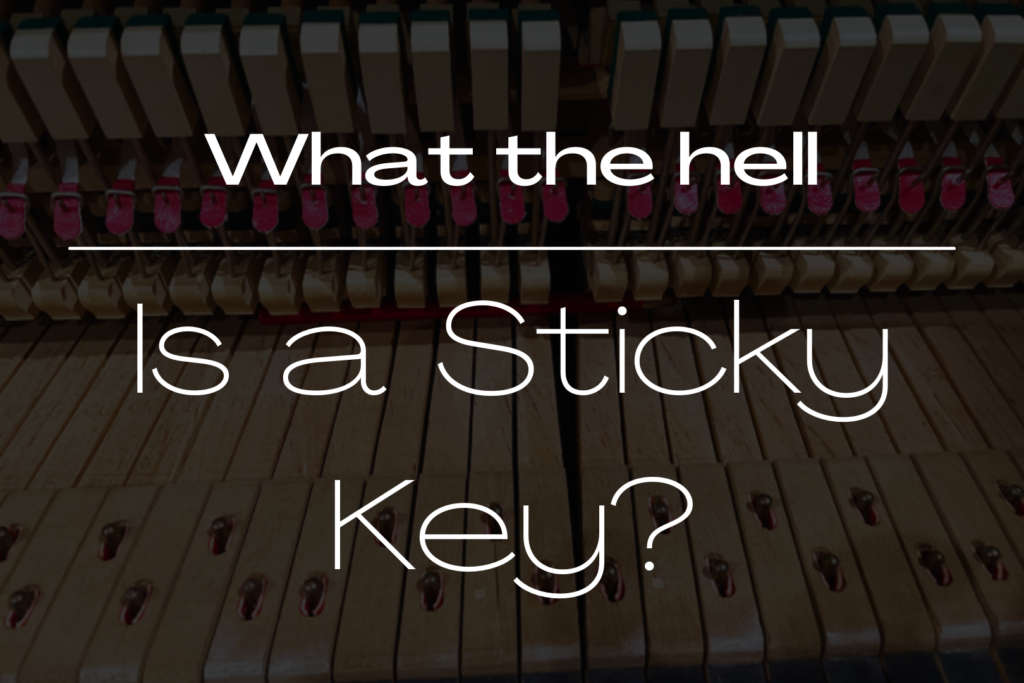When booking a piano tuning, we often get asked if we can fix a sticking key… First of all, the answer is YES! It’s quite often an easy fix, included within the tuning service (no need for major repair). We think it is important to explain to our clients why this happens and how to avoid your keys from sticking in the first place.
What are Sticking Keys?
“The term ‘sticking key’ refers to a mechanical failure where a piano key is depressed and it doesn’t return to its normal position in a timely manner.”
Piano Price Point
https://pianopricepoint.com/
But what causes the strain on the key?
Friction
Unwanted friction is usually the main cause for sticking piano keys. This friction is usually a result of blockages, wood swelling, joint corrosion, or rubbing. Broken parts may be a potential cause, however the chance is rare (but still present).
Blockages
Usually, this is the case for most pianos. Pianos are intricate instruments (the action alone consists of over 4,000 parts), making it very easy for things to get stuck in between piano parts. When an object gets stuck, the blockage causes the piano key to misfire resulting in a dead or “sticky key”. Usually when there is a foreign object in the piano it blocks normal piano key movement, forcing the keys to stay in the down position. Small thin objects are usually the culprit such as coins, guitar picks, paper clips, eraser shavings, playing cards, rubber bands – you name it!
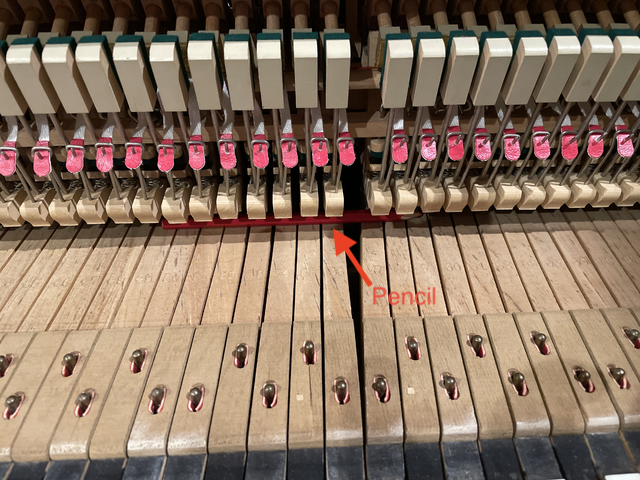
Wood Swelling
Since the inception of the piano, the majority of manufacturers utilise wooden action parts. Wood is great for its flexibility and tone however it is notoriously susceptible to humidity change. Piano keys sticking from wood swelling can be caused by excessive humidity, resulting in the individual keys appearing sluggish and heavy, whilst not returning to resting position. The key stick has two metal guide pins (to position) and two slotted holes lined with key bushing cloth (to create friction and reduce noise). When the wood swells between the metal, the guide pin and the key won’t travel properly.
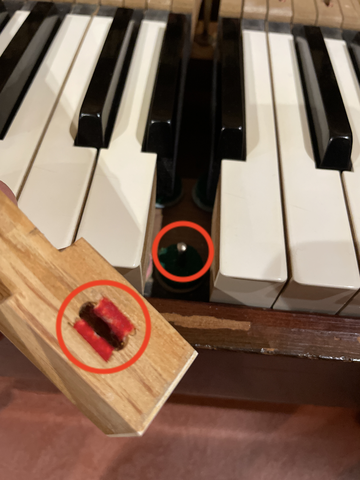
Corrosion
Corrosion, an invisible killer, can cause joints to slow down or feel like there’s excessive weight when pushing down on the keys. Sticking keys may be a result of corrosion on the center pins, causing the piano key to pop up, however the hammer won’t repeat. This will effect the slow hammer or repetition lever reset and sometimes make the keys heavy to touch.
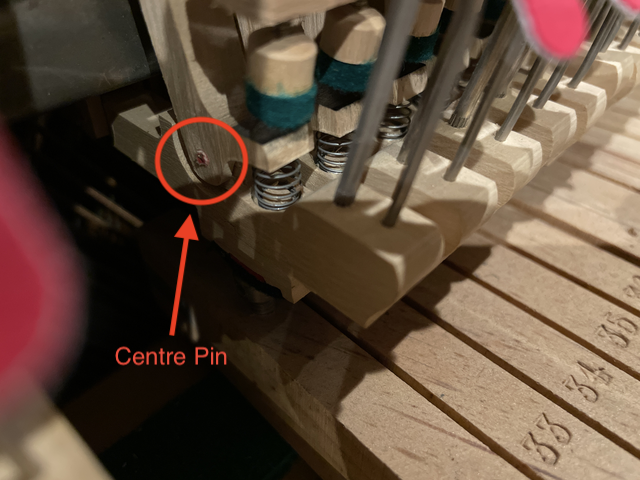
Rubbing
With over 4000 moving parts in a piano action, there is a high possibility of parts rubbing together. Rubbing parts are usually caused if parts are too closely spaced together. The rubbing of parts will cause two adjacent notes to rub and misfire, which will affect can affect both notes.
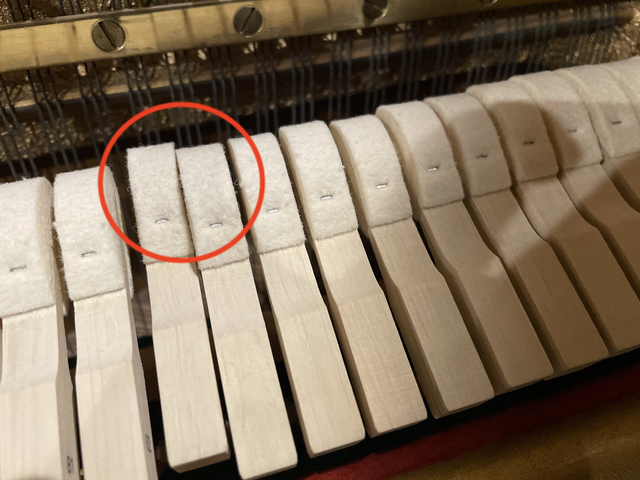
Broken Parts
This is the least common cause, but a cause none-the-less… Common causes are broken shanks or keys, resulting in a malfunctioning note. This unknown task usually requires our tuners to get creative with their thinking.

